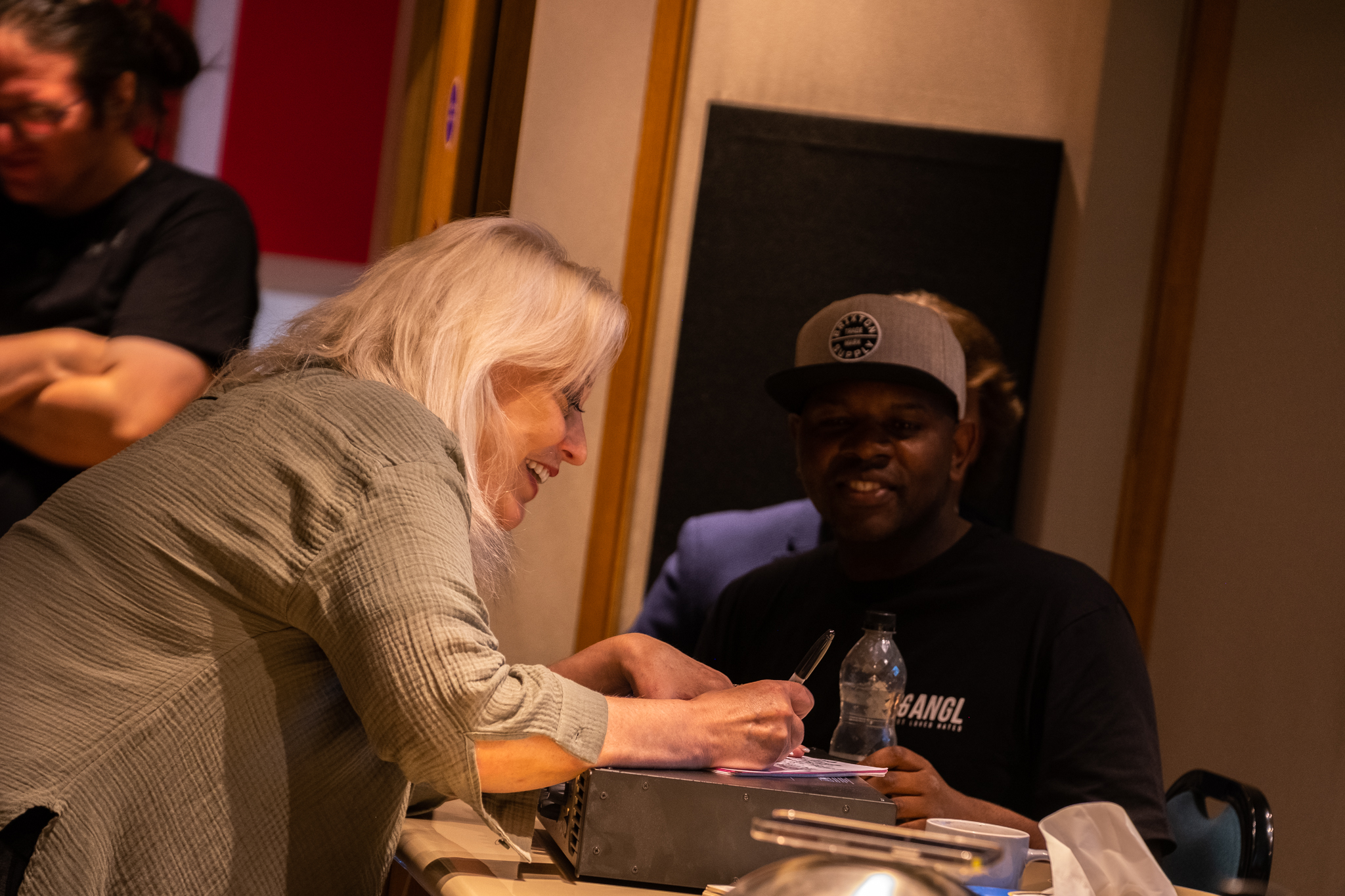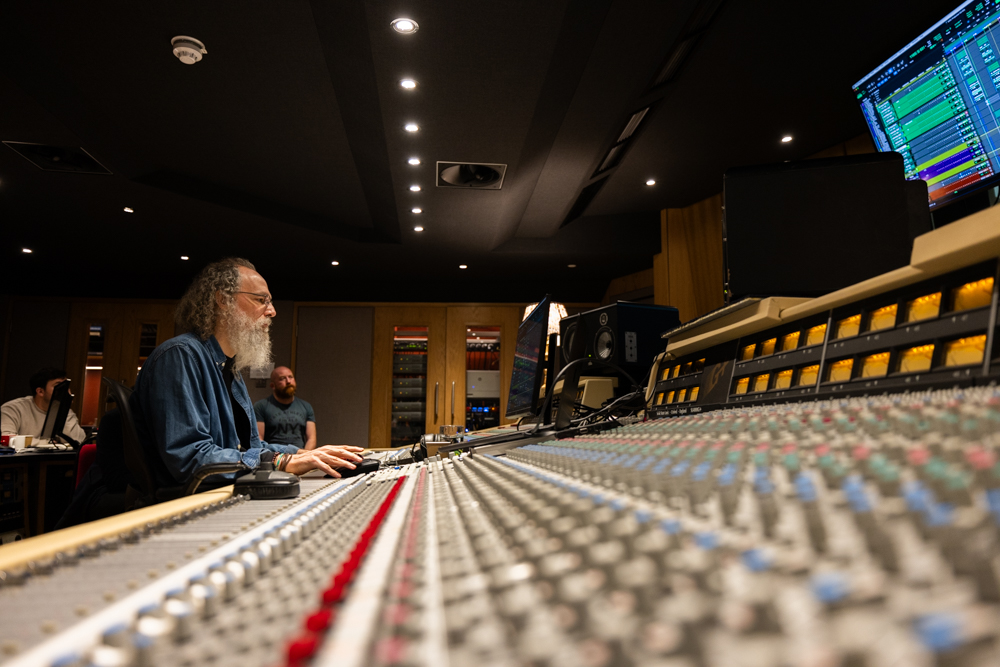The Music-Making Process: A Step by Step Guide
Sometimes, when we listen to music, we don’t realise how much work and effort is needed to turn an idea into an actual song. Creating music is a long process that includes writing, rehearsing, arranging, and recording. More often than not, there are several rounds of revisions before mastering the final product.
In today’s article, freelance writer Carlos Bricio explores a step-by-step guide on how to create a record.
Writing
The first step for making a song might seem obvious, but it can be one of the hardest in the whole process: writing.
Songwriting is a process that takes time and practice. There are songs written over weeks or months because the author can’t find the right melody, chord, or lyric. Others come naturally and effortlessly. They can even feel dream-delivered, just like Paul McCartney stated for Yesterday.
The most important part of the record-making process is simple: just write. Sit down and write a song. Finish it and then write another one, and then another one. That’s the only way to improve at it: break any blockages you might have or overcome the impostor syndrome.
Remember what Lionel Richie once said,
“If you can hear a song in your head by simply tapping, you are a songwriter.”
So get to it!
Pre-Production
Now that we have a song, it’s time to bring it into shape. While writing, you might have had ideas for the rhythm, style or vibe for the music. You might have prepared some demos or even rehearsed with the band, laying those ideas out on the table.
Working on the arrangement, instrumentation, and groove of the song is what we call Pre-Production. This part of the songwriting process can take weeks or even months. It’s an essential process because it will take the song from the confines of your notebook, piano or guitar to another level. Additionally, it’ll help you understand when and how it works. On many occasions, songs have been sent back to the board or directly to a drawer because they didn’t feel right or didn’t quite work with the rest of the compositions or album.
At this stage, it would be a good idea to bring a producer on board. A person who can see the song for more than what it is at that point, and help the artist develop the ideas into entirely shaped songs. A fresh pair of ears that takes the song to the next level.
Production
The next stage of the record-making process is production, which is divided into two steps: recording and mixing.
Nowadays, when many people think about production, they think about a producer sitting in front of the computer, crafting sounds, adding samples, or making beats. While this is true in many cases, it also involves selecting the right microphones, recording, choosing the instruments, and sometimes even mixing simultaneously. It all depends on the style of the song. The most important thing is to make everything sound as good as possible and ensure it fits and represents the song correctly.
Once everything has been captured (whether digitally or in analogue), it is time for mixing. A common misconception about this part of the production is that you need a thousand plugins and lengthy processing chains in your tracks to achieve a great sound. But the truth is that if the writing, pre-production and recording are done well, the mixing process will need minimal processing. As some producers say, it just needs a little massage to make everything fit in the right place.
Many producers act as their own mixing engineers, but sometimes having a new pair of ears can help you achieve the sound you are looking for in your production. So don’t be scared or ashamed to ask another person to mix your song if you think they can do a great job and lift up your song!
Mastering
Finally, we reach the last step before our song is ready for release: mastering. This process is not only about making tracks sound louder. Mastering ensures the files or physical records pass all the technical and quality requirements.
The mastering engineer is responsible for making the track sound as good as possible. Simultaneously, ensuring there is cohesion between tracks in case it is an album or EP. Thus, adding metadata and preparing the master formats required for manufacturing or streaming songs.
While online tools and automated services can be helpful on a budget, having a mastering engineer by your side will help you get the most out of your record. This is because it will help you deliver the best experience for your audience. If you don’t know any mastering engineers, check your favourite records and look who mastered them. It will be a great starting point to get your music to where you want it to be.
LEARN MORE WITH US!
On our Advanced Diploma in Music Production and Sound Engineering, we ensure our students can navigate and work at every stage of the record-making process. We provide real-life examples and exercises, encouraging students to work together. This helps them understand that creating records is a collaborative process that yields more than the sum of its parts when done together.
If you enjoyed reading this article, check out Melodic’s blog on ‘A Beginner’s Guide to Music Production’ for more tips!



